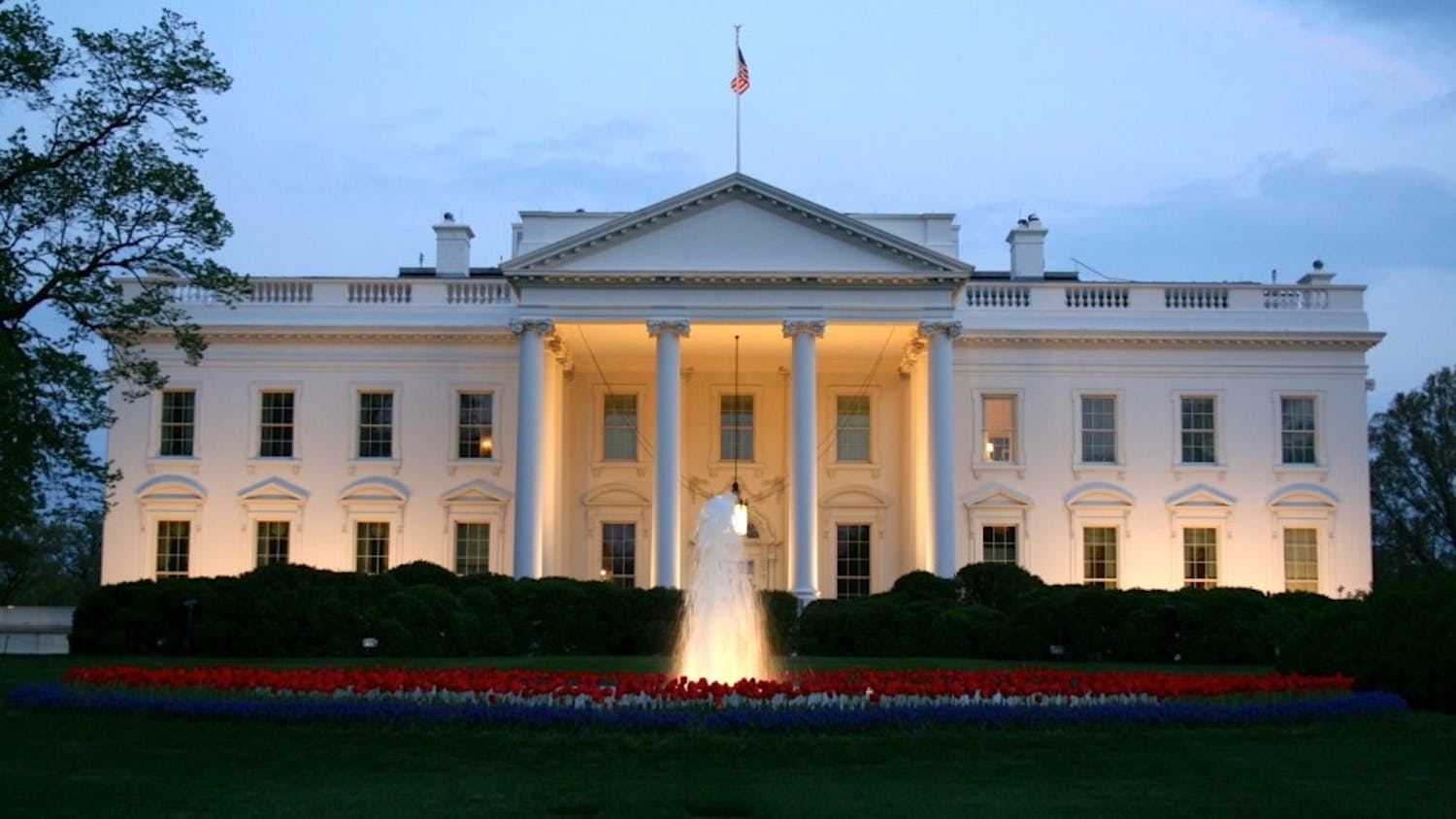Since 2008, over 400 individual AU professors have been certified as “green” teachers. For the 2014-2015 academic year, 141 faculty members have been certified.
The nationally-recognized Green Teaching program, which encourages professors to make their classes more sustainable, is one method used by the University to decrease negative environmental impacts, program founder Anna Olsson said in an email.
The program was established by the Center for Teaching, Research and Learning along with assistance from members of the student environmental group Eco-Sense.
The program requires that professors get recertified every year, which is meant to be both a reminder to continuously think about sustainability and to create new measures to use in the classroom, she said.
The program requires that faculty transition from traditional to paperless teaching methods. In order to become certified, faculty members must answer questions regarding their efforts to make their courses more sustainable, according to the Green Teaching website.
The program does not require faculty to report any of their measures, so there is no precise data on faculty accountability or specifying the environmental benefits of Green Teaching, but Olsson said she believes approximately 821,000 sheets of paper were saved in the 6.5 years since the program was started by faculty who did not print their syllabi.
School of International Service Professor Jeff Bachman, who takes pride in decreasing his ecological footprint, has been recertified several times and has received “four apples,” one of the highest professor ratings in the Green Teaching program.
“As soon as I was made aware of the Green Teaching program, I decided to participate,” Bachman said. “I try to limit the size of my footprint in my personal life and think I should try to do the same in my professional life.”
However, some students, such as SIS sophomore Max Okabayashi, have found the switch from paper readings and handouts to electronic ones difficult for reading comprehension.
According to a 2013 study published in the peer-reviewed journal Applied Cognitive Psychology, the use of different media make an insignificant difference on a student’s reading comprehension. Another 2013 study published in the Manawatu Standard found similar results.
“I like what they’re trying to do, but I’ve always found it easier to read real paper instead of staring at a computer screen,” Okabayashi said. “There’s just something about turning an actual page and also being able to flip back easily through the pages to make sure that I really understand the concepts.”
Although the program mainly focuses on transitioning to paperless teaching, it also emphasizes that participants should be flexible with how they implement their Green Teaching measures in order to accommodate all students’ learning styles, Olsson said.
In a 2012-2013 survey sent to students enrolled in certified green courses, 82 percent of students did not feel that the “greenness” of their course impaired their learning, Olsson said.
“This is definitely reason enough to keep reminding certified professors that some students have very good reasons to print their readings, as an example, and that keeping the course green should not be more important than the students' ability to learn,” she said.




